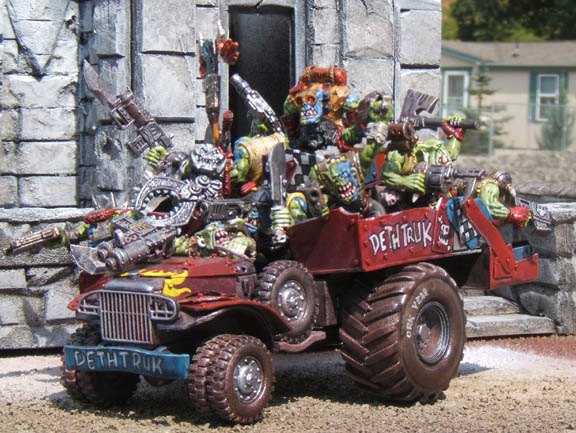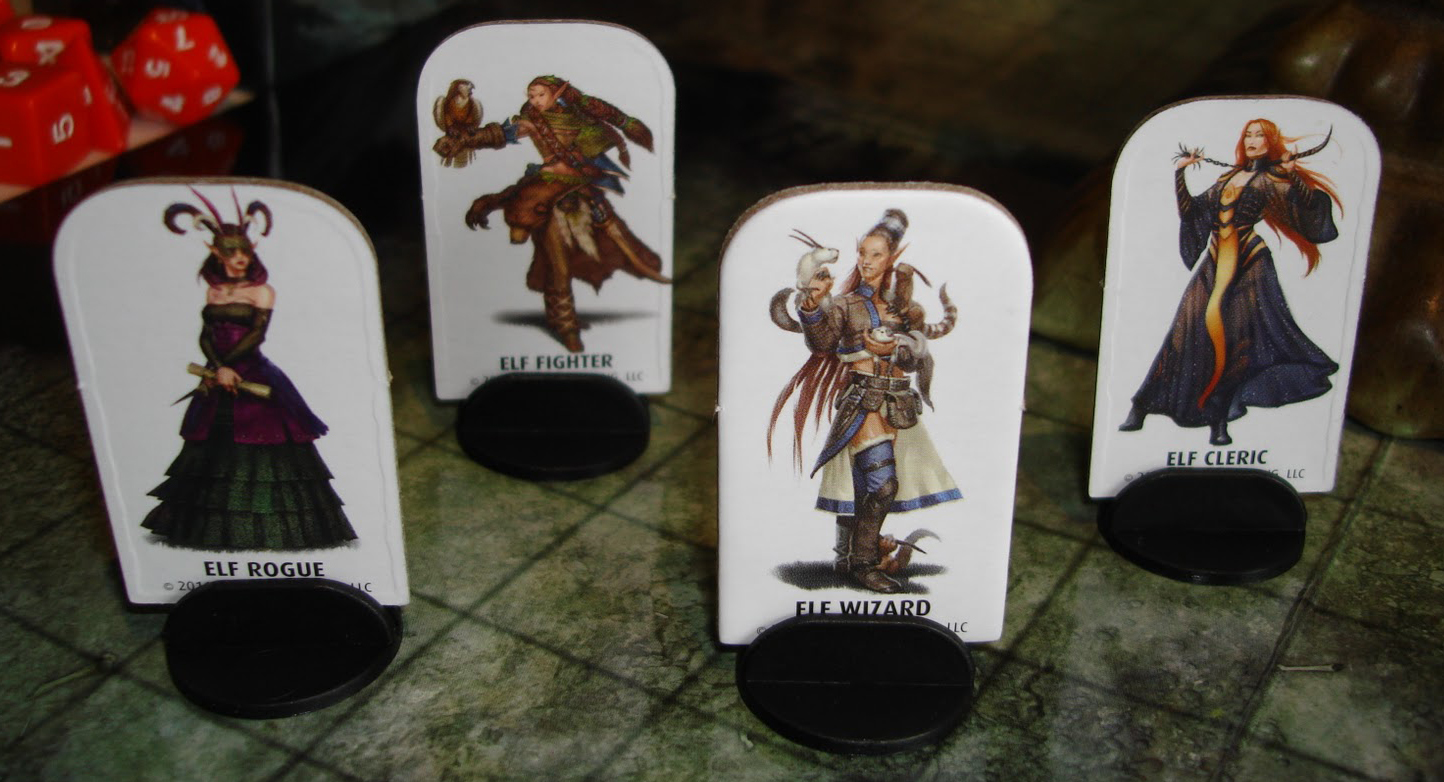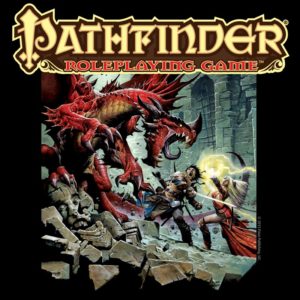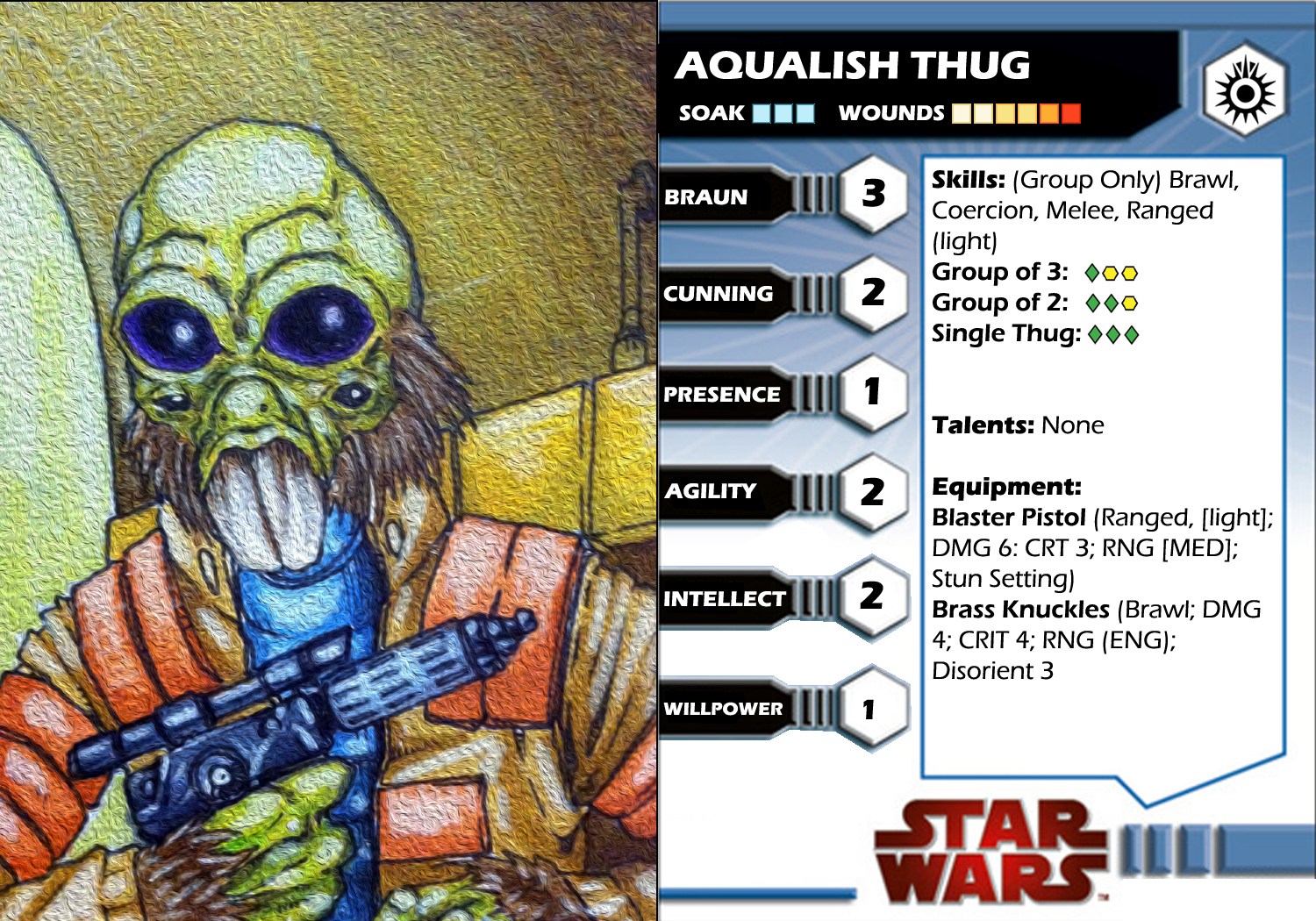I have been playing table-top RPGs since 1980, and painting miniatures since 1983. Not once, in that entire time, have I thought that paper miniatures would be a viable replacement for 3-D figures. There is something immersive to the art of gaming with miniatures; playing with well painted minis helps pull me into that world.
This past weekend, I played Pathfinder at a friends house. He had the cardboard pawns that come with the PF Beginner’s box set, and a somewhat sad truth hit me: I was having just as much fun with the 2-D pawns as I have with a full set of miniatures. Even better, paper miniatures and pawns cost a lot less, too. A brief tour of Paizo’s web store shows entire pawn collections based off of Adventure Path series, so you can field every monster and NPC in your module for less than $20.
Another aspect of table-top gaming that I have been enjoying is the Virtual Table Top. Systems like Roll20 and Fantasy Grounds allow you to set up a dungeon with overhead tokens and game with your friends online. Both systems work pretty well, and are a great way to game with friends that don’t live in the area. My only hang-up with either system is that the actual table-top part of the game can be a little clunky to navigate.
3D Virtual Tabletop changes all that. While this system does not manage game mechanics for you, it does manage your dungeon set up beautifully. 3D Virtual Tabletop takes the pawn idea to the next level, allowing you to move 3-D tokens about the virtual battle-mat. You can change direction or facing, load new maps, and even design your own pawns for your game.

One of the most exciting things in 3D Virtual Tabletop is that you can drop just about any picture into your library to be used as a pawn. I did a series of drawings a few months back for a Steampunk fantasy game; using 3D Virtual Tabletop, I was able to make a pawn of my Elf Gunslinger and import it into the game, which led to a lot of excitement in the house. And the real icing on the cake? You can do all of this on your tablet. So cool! If you don’t like the idea of huddling around your iPad during a gaming session, you could always put it up on your television. I did this last night with a mini-HDMI cable off of my Kindle Fire HD, and everything looked amazing.
You can zoom about the tabletop with your fingers, change your facing, rotate the table, or even flip the table-top up for a cool overhead view. When you switch to overhead, your pawns get turned into little round tokens automatically, which allows you to manage your game more tactically. When your done with overhead, you can switch right back to the side view and get back to your game!
Maps can be imported, too. I was able to take one of my Paizo map PDFs and import it right onto the 3D Virtual Tabletop, and even match the snap-to grid right to the same scale as my map. The possibilities here are endless, and you could run just about any game you wanted off of this system.
The only downside to 3D Virtual Tabletop right now is that it is still in early development. There is not a way to share your maps across devices, so you couldn’t use the system to game with your long-range friends. This is being remedied soon, with servers being set up to allow you to host games eventually. The developer is constantly updating and tweaking the interface, with noticeable improvements with both iOS and Android versions in the past weak.
httpv://www.youtube.com/watch?v=es1J5EZ2JyM
I was really dumb-stuck with this system for gaming, and cannot wait to put it to use with my Pathfinder group. I have already started to put together my own set of Pawns, and have been making new pawns using PDF images from Paizo. This is some real high-octane stuff! Highly recommended.






